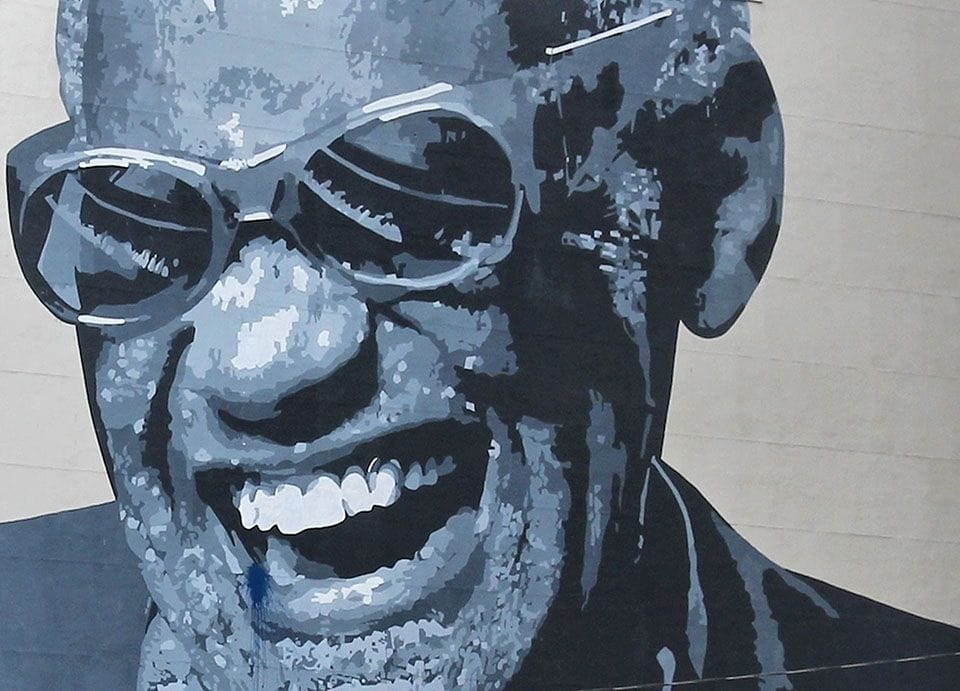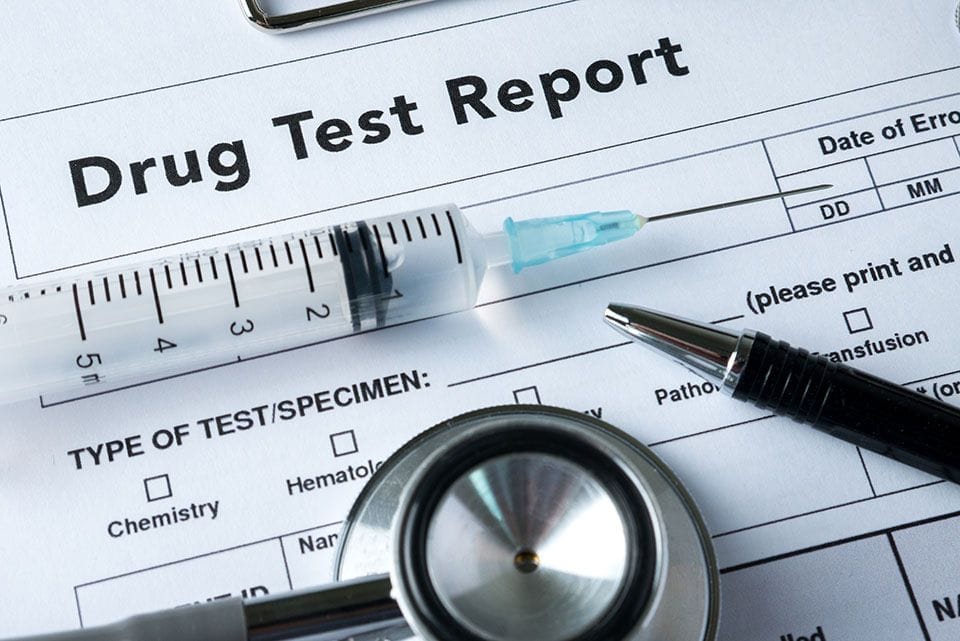Every year, millions of Americans abuse an opioid medication normally prescribed by a doctor as a treatment for specific types of moderate or severe pain. Some prescription opioid abusers live in cities or nearby suburbs, while others live in rural areas relatively isolated from large population concentrations. In a study published in October 2014 in the International Journal of Drug Policy, a team of researchers from two U.S. universities compared the opioid medication abuse rates among adults in America’s urban areas to the abuse rates among adults in the nation’s rural areas and also sought to uncover the reasons for any differences they found.
Prescription Opioid Abuse
Every year, the U.S. Department of Health and Human Services’ Substance Abuse and Mental Health Services Administration uses data from a project called the National Survey on Drug Use and Health (NSDUH) to chart the rate of prescription opioid abuse in all Americans over the age of 11. In 2013 (the last year with complete available figures), roughly 4.5 million people in this broad age group abused an opioid medication in a typical 30-day period. This figure equaled approximately 1.7 percent of the total U.S. population age 12 or older. Young people between the ages of 18 and 25 are especially likely to abuse prescription medications in general and opioid medications in particular. In 2013, roughly 3.3 percent of the people in this fairly narrow age range abused a prescription opioid in the average 30-day period. The NSDUH specifically tracks the monthly rate of abuse of OxyContin, a medication that contains a slow-release form of an opioid pain reliever called oxycodone. In 2013, 492,000 people over the age of 11 abused this medication in the typical month. This figure equaled approximately 0.2 percent of all American preteens, teenagers and adults.
Urban vs. Rural Drug Use
The National Survey on Drug Use and Health also tracks the physical locations of people in the U.S. who abuse prescription medications and/or illicit or illegal drugs. In 2013, roughly 9.6 percent of all residents of large cities abused at least one of these substances in the average month. A similar percentage of people in smaller cities also abused illicit/illegal drugs or medications. In suburban areas, the monthly rate of drug/medication abuse ranged from 8.9 percent to 6.9 percent, depending on the specific population density of the area in question. In areas defined by the NSDUH as “completely rural,” the nationwide monthly rate of illicit or illegal drug or medication abuse was also 6.9 percent.
Differences Between Prescription Opioid Abusers
In the study published in the International Journal of Drug Policy, researchers from the University of South Florida and Penn State University used information drawn from two years of the National Survey on Drug Use and Health (2011 and 2012) to determine how often adults residing in urban areas and adults residing in rural areas abuse a prescription medication. The researchers also used the same survey information to identify the underlying factors that differentiate urban abusers of these medications from rural abusers. After reviewing the available information, the researchers concluded that adults living in America’s cities abuse prescription opioid medications significantly more often than adults living in the nation’s rural areas. The researchers partially attribute the higher rate of opioid medication abuse in urban areas to city-dwelling adults’ higher intake of substances in general, including marijuana/cannabis, alcohol, other types of prescription medications (stimulants, sedative-hypnotics, etc.) and illicit/illegal street drugs. The researchers also attribute the higher urban rate of opioid medication abuse to the greater level of inappropriate consumption of drugs, medications and alcohol during childhood, as well as the relatively early age at which urban-dwelling children typically first get involved in substance use.
Why More Prescription Drug Abuse in the City?
The study’s authors believe that their work makes meaningful contributions to an understanding of the different rates of prescription opioid abuse in American cities and rural regions. They also believe that the work makes meaningful contributions to an understanding of the underlying reasons why patterns of opioid medication abuse vary so much with any given area’s population density. Finally, the study’s authors believe that their findings provide crucial context for public health policy and the efforts to help current prescription opioid consumers avoid developing diagnosable problems related to opioid intake. They identify city residents who use illicit/illegal substances and people who hold manual jobs as the population groups most likely to benefit from a more refined approach to intervention. By: Gideon Hoyle



